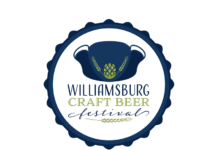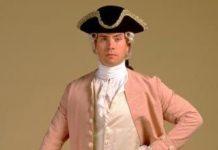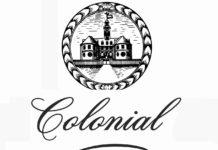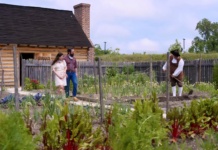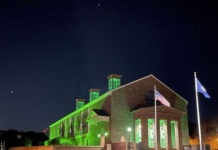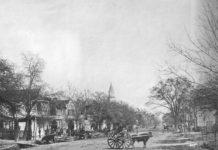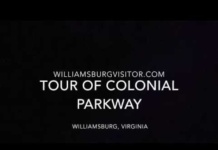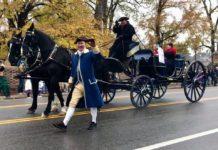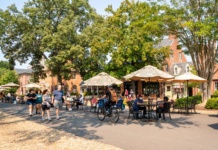Williamsburg, Virginia holds a significant place in American history, particularly during the colonial era. Here’s a condensed history:
Early Settlement:
- The area where Williamsburg now stands was initially inhabited by Native American tribes, notably the Powhatan Confederacy.
- In 1632, English colonists settled in the region, establishing Jamestown, the first permanent English settlement in North America.
Colonial Capital:
- In 1699, Williamsburg was founded as Middle Plantation, situated between the James and York Rivers.
- It was chosen as the new capital of Virginia, succeeding Jamestown, due to its more central location and healthier environment.
- The College of William and Mary, the second oldest institution of higher education in the United States, was founded in Williamsburg in 1693.
American Revolution:
- Williamsburg played a crucial role in the lead-up to the American Revolution. It was a hotbed of political activity and resistance to British rule.
- The House of Burgesses, the legislative assembly of Virginia, often met in Williamsburg, where it made decisions challenging British authority.
- In 1774, the First Virginia Convention convened in Williamsburg to discuss the colony’s response to the Intolerable Acts imposed by the British Parliament.
- The Virginia Gazette, one of the most prominent newspapers of the time, was published in Williamsburg and disseminated revolutionary ideas.
- In 1775, the Second Virginia Convention met in Williamsburg, where it organized Virginia’s military forces and appointed George Washington as commander-in-chief of the Continental Army.
Capital of the New Commonwealth:
- In 1780, Virginia’s capital was moved from Williamsburg to Richmond, which had a more central location and was less vulnerable to British attacks during the Revolutionary War.
- With the capital’s relocation, Williamsburg’s importance diminished, and it entered a period of decline.
Restoration and Preservation:
- In the early 20th century, efforts began to preserve Williamsburg’s historic buildings and restore its colonial-era appearance.
- John D. Rockefeller Jr. provided significant funding for the restoration project, which aimed to recreate the city’s 18th-century ambiance.
- Today, Colonial Williamsburg is a living history museum, where visitors can experience life as it was during the colonial period, with restored buildings, costumed interpreters, and historical reenactments.
Modern Williamsburg:
- In addition to its historical significance, Williamsburg is home to the College of William and Mary, which continues to be a prestigious institution of higher learning.
- The city also attracts tourists from around the world who come to experience its rich history and colonial charm.
Williamsburg’s history is deeply intertwined with the broader narrative of American colonialism, revolution, and nation-building, making it a significant cultural and historical landmark in the United States.
